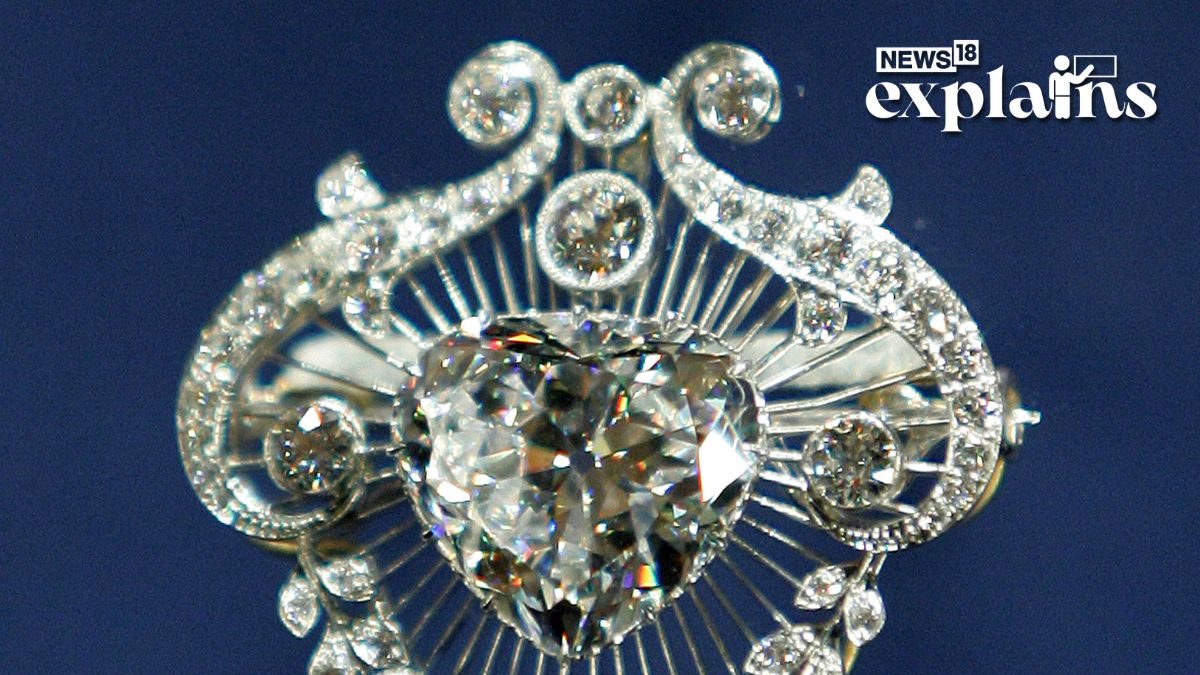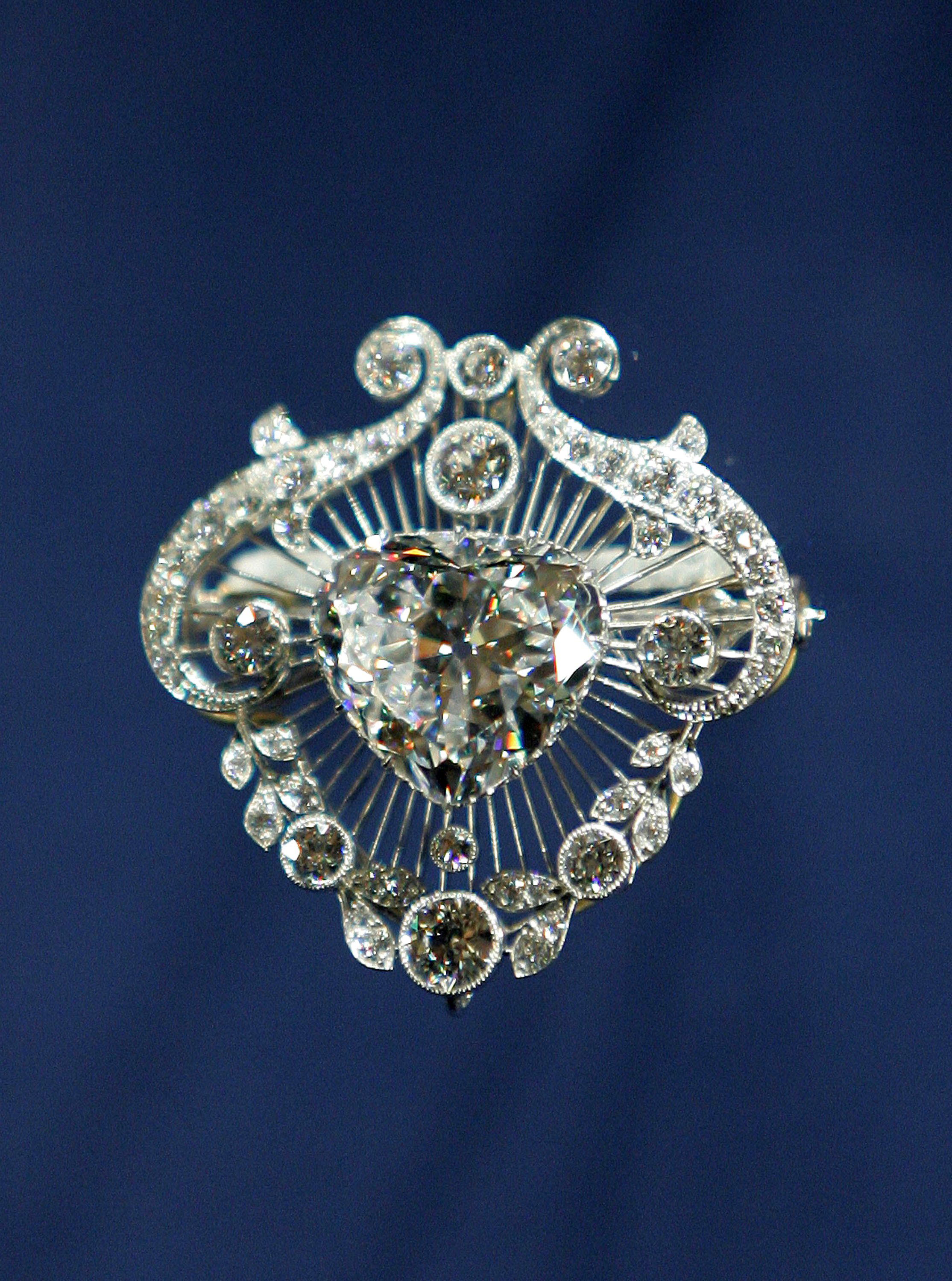South Africans Want Their Diamond Back. Will the Monarchy Ever Return Colonial Jewels?
Some South Africans are calling for Britain to return the world’s largest diamond, known as the Star of Africa or the Cullinan I, which is set in the royal sceptre that King Charles III will hold at his coronation on Saturday.
The diamond, which weighs 530 carats, was discovered in South Africa in 1905 and presented to the British monarchy by the colonial government in the country, which was then under British rule. Now amid a global conversation about returning artwork and artefacts that were pillaged during colonial times, some South Africans are calling for the diamond to be brought back.
“The diamond needs to come to South Africa. It needs to be a sign of our pride, our heritage and our culture,” Mothusi Kamanga, a lawyer and activist in Johannesburg who has promoted an online petition told Reuters. The petition has gathered about 8,000 signatures, for the diamond to be returned.
“I think generally the African people are starting to realise that to decolonise is not just to let people have certain freedoms, but it’s also to take back what has been expropriated from us.”
About the Cullinan Diamond
The Cullinan Diamond, at 3,106 carats, is still the largest gem-quality uncut diamond ever discovered. A replica stone was sent by ship to the mining company’s London sales representative, while the genuine stone was despatched by ordinary parcel post, watched by detectives. Both made it safely, says a report by Historic Royal Palaces.
The stone was acquired by the Transvaal government and given to King Edward VII. The gift symbolised the healing relationship between Britain and South Africa following the South African Wars (also known as the Anglo-Boer Wars), which lasted from 1899 to 1902.
The massive uncut stone was cut into nine big stones and 96 smaller brilliants. Three polishers worked 14-hour days for eight months to complete the nine largest stones. Cullinan I and Cullinan II were the names given to the two largest stones. They are set in the 1661 Sovereign’s Sceptre with Cross and the 1937 Imperial State Crown front band.
A replica of the whole Cullinan diamond, which is about the size of a man’s fist, is displayed at the Cape Town Diamond Museum.
Global Conversation About Returning Jewels
The Crown Jewels are a collection of over 100 artefacts and over 23,000 gemstones amassed by monarchs and queens over ages. The Crown Jewels are described as “priceless, having incalculable cultural, historical, and symbolic value,” with the St. Edward’s Crown being the “most important and sacred of all the crowns,” used only during a coronation, as per a report by the Week. This crown was made in 1661 and has a solid gold frame that weighs about 5 pounds. The Crown Jewels are part of the Royal Collection, which is held in trust by the queen, and are preserved and displayed at the Tower of London.
Now, conversation is growing about returning some of these colonially-acquired jewels to be returned to their source countries. University of South Africa Prof. Everisto Benyera told CNN that it did not matter that the Transvaal government purchased the Cullinan, because “colonial transactions are illegitimate and immoral.”
“Our narrative is that the whole Transvaal and Union of South Africa government and the concomitant mining syndicates were illegal. Receiving a stolen diamond does not exonerate the receiver. The Great Star is a blood diamond,” he told the publication.
The huge 105-carat Kohinoor diamond, which was most likely mined in India in the 13th century, is among the jewels that people want returned. The Kohinoor passed through dynasties in Pakistan, Iran, and Afghanistan before being acquired by Sikh Maharaja Ranjit Singh in 1813. After the annexation of Punjab, his son and successor, Maharaja Duleep Singh, signed the Treaty of Lahore in 1849, when he was only 11 years old. The Kohinoor was given to Queen Victoria as part of the treaty. The Kohinoor is the largest jewel on the Queen Mother’s Crown today, and it is still one of the world’s largest cut diamonds. Read more on this here
The diamond “has a history of being part of war booty or trophies taken as the result of war in South Asia. So, in a lot of ways, it is a symbol of plunder and represents the long history of plunder imperialism,” Danielle Kinsey, an assistant professor of history at Carleton University in Ottawa, told NBC News.
Can the Jewels Actually be Returned?
According to the Week, there’s no reason they couldn’t be returned. But the British government has previously stated that there is no legal basis for restitution of the diamond in its opinion. Nobody in the British royal family has mentioned returning jewels to their countries of origin, but Kinsey told NBC News that in the case of the Kohinoor, “at some point, the monarchy will understand that keeping the diamond is more of a public relations liability for them than an asset.”
She went on to say that there are “many, many looted artefacts in Britain today,” and that returning colonial-era objects is “the right thing to do if the royal family is serious about making apologies for the ills of British imperialism and how they profited from it.”
Reuters contributed to this report
Read all the Latest Explainers here
For all the latest world News Click Here


